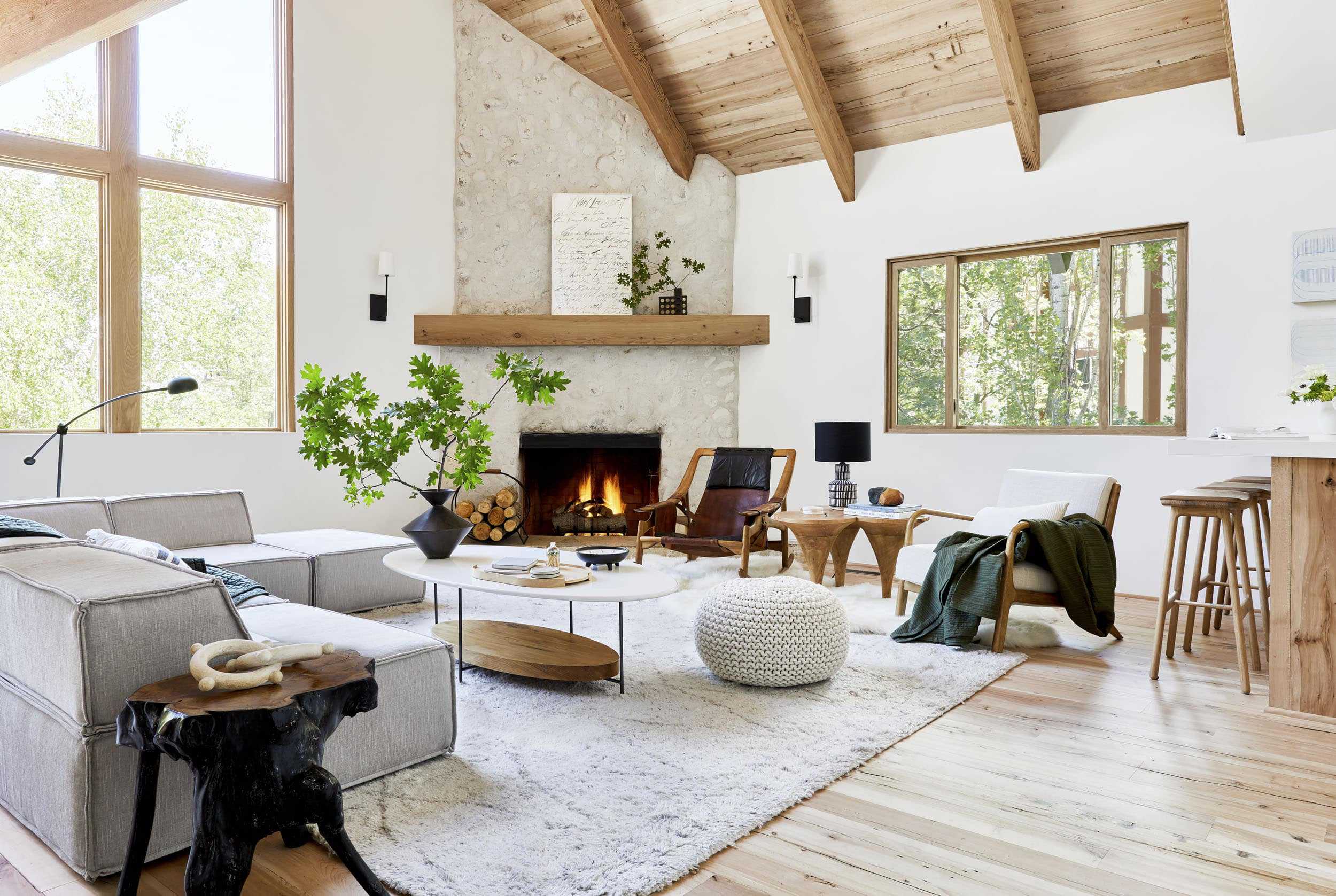Effortless Elegance: What Is the Secret of Scandinavian Style?
A Style Shaped by Culture and Climate
Post-World War II industrial developments further fueled the spread of this style, making it both affordable and widely accessible. Over time, Scandinavian design has grown into a global phenomenon—loved for its clean beauty and mindful approach to living.
A Philosophy Rooted in Nature and Well-being
At its core, Scandinavian style is more than a look — it’s a way of living. Its essence lies in the desire to simplify life, connect with nature, and promote well-being. Here are the principles that define it:
🌤️ Light and Brightness
A key feature of Scandinavian interiors is their focus on natural light. With limited daylight during Nordic winters, bright and airy spaces became essential. Homes often feature large windows, sheer curtains, light-colored walls, and a minimal amount of furniture to maximize openness and brightness.
Artificial lighting is also thoughtfully used through layered lighting — pendant lamps, floor lights, and candles — to create a warm, inviting atmosphere.
🌿 Comfort and Warmth (The ‘Hygge’ Concept)
Even within minimalist aesthetics, comfort is never compromised. The Danish concept of Hygge, which refers to coziness and contentment, plays a central role. This is reflected in the use of soft textiles, warm lighting, plush rugs, and inviting seating areas.
Color palettes lean towards soothing tones like white, beige, soft greys, and pastels, helping create a sense of calm. Wooden textures, layered fabrics, and personal touches like books or handmade décor add to the cozy, intimate feel.
🌱 Connection to Nature and Sustainability
Scandinavian design reflects a deep respect for nature — not just in visual inspiration, but in material choices and sustainable practices. Natural materials such as wood, stone, wool, cotton, and leather are commonly used to add warmth and tactile richness.
Bringing the outdoors in is also a key element. Green plants, natural light, and earthy color tones are essential, reinforcing a sense of harmony and environmental responsibility.
🎨 Neutral Colors and Natural Textures
The color palette is predominantly neutral, dominated by whites, soft greys, beiges, and other calming tones. These are often contrasted with subtle pops of black, muted green, or deep blue to add depth and interest without overwhelming the space.
Textures play an equally important role — a balance of smooth surfaces and organic materials creates a visually soothing yet dynamic atmosphere.
🧹 Simplicity and Organization
Scandinavian interiors are well-known for their clean lines, uncluttered layouts, and thoughtfully selected furniture. Each piece has a clear function, and decorative elements are carefully curated rather than excessive.
This promotes mental clarity and well-being. Organized, intentional living is a subtle yet powerful part of the Scandinavian lifestyle, where less truly becomes more.
✅ Conclusion: A Style That Nurtures
Scandinavian design is a celebration of simplicity, elegance, and mindful living. Its success lies in its ability to harmonize aesthetics with function, and to create homes that not only look beautiful but feel good to live in.
By embracing natural light, sustainable materials, cozy atmospheres, and an uncluttered mindset, Scandinavian interiors promote peace, well-being, and a deep sense of home — making this timeless style as relevant today as ever.









Comments
Post a Comment